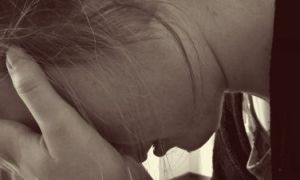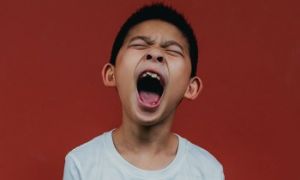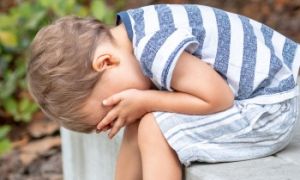

“Thank You for the Memories” is a beautifully crafted end‑of‑year portfolio template designed to help educators farewell each child with warmth, gratitude, and a lasting memento of their time in care. Simple yet deeply meaningful, this template captures the emotional essence of early childhood education connection, belonging, and shared experiences.
Snapshots Of My Year is a thoughtfully designed template that helps educators document and celebrate a child’s growth through the lens of the EYLF learning outcomes. With its photo-rich format and reflective comment sections, it offers families a warm, visual summary of their child’s developmental journey.
The My Yearbook template is a beautifully designed resource that helps early childhood educators celebrate each child’s journey through the year. With its photo-rich layout and thoughtful prompts, it transforms everyday moments into lasting memories, fostering a deep sense of belonging and pride.
Writing transition statements in early childhood education is an important task that helps ensure a smooth transition for children moving from early childhood settings to primary school. The following article provides information on the Purpose Of Transition Statements, Key Components Of Transition Statements, Tips For Writing Transition Statements, Examples and more.
This template enables children to reflect on their year. The questions on this template can also be a keepsake for the child to keep for the future when looking back over their early years.
This template is a loving poem from an Educator's perspective that can be given to a child and their family. It can be given to a child at the end of the year.
This template enables preschoolers heading off to Kindergarten the following year, to draw and talk about how they feel going to "big school".
This template can be used as an end of yearbook for children. This is great for children to remember their friends and their year.
This template is used as a keepsake for Preschoolers graduating at the end of the year. These can be laminated and given to preschool children when they graduate.
 Here is the list of the EYLF Learning Outcomes that you can use as a guide or reference for your documentation and planning. The EYLF… Read More
Here is the list of the EYLF Learning Outcomes that you can use as a guide or reference for your documentation and planning. The EYLF… Read More
 The EYLF is a guide which consists of Principles, Practices and 5 main Learning Outcomes along with each of their sub outcomes, based on identity,… Read More
The EYLF is a guide which consists of Principles, Practices and 5 main Learning Outcomes along with each of their sub outcomes, based on identity,… Read More
 This is a guide on How to Write a Learning Story. It provides information on What Is A Learning Story, Writing A Learning Story, Sample… Read More
This is a guide on How to Write a Learning Story. It provides information on What Is A Learning Story, Writing A Learning Story, Sample… Read More
 One of the most important types of documentation methods that educators needs to be familiar with are “observations”. Observations are crucial for all early childhood… Read More
One of the most important types of documentation methods that educators needs to be familiar with are “observations”. Observations are crucial for all early childhood… Read More
 To support children achieve learning outcomes from the EYLF Framework, the following list gives educators examples of how to promote children's learning in each individual… Read More
To support children achieve learning outcomes from the EYLF Framework, the following list gives educators examples of how to promote children's learning in each individual… Read More
 Reflective practice is learning from everyday situations and issues and concerns that arise which form part of our daily routine while working in an early… Read More
Reflective practice is learning from everyday situations and issues and concerns that arise which form part of our daily routine while working in an early… Read More
 Within Australia, Programming and Planning is reflected and supported by the Early Years Learning Framework. Educators within early childhood settings, use the EYLF to guide… Read More
Within Australia, Programming and Planning is reflected and supported by the Early Years Learning Framework. Educators within early childhood settings, use the EYLF to guide… Read More
 When observing children, it's important that we use a range of different observation methods from running records, learning stories to photographs and work samples. Using… Read More
When observing children, it's important that we use a range of different observation methods from running records, learning stories to photographs and work samples. Using… Read More
 This is a guide for educators on what to observe under each sub learning outcome from the EYLF Framework, when a child is engaged in… Read More
This is a guide for educators on what to observe under each sub learning outcome from the EYLF Framework, when a child is engaged in… Read More
 The Early Years Learning Framework describes the curriculum as “all the interactions, experiences, activities, routines and events, planned and unplanned, that occur in an environment… Read More
The Early Years Learning Framework describes the curriculum as “all the interactions, experiences, activities, routines and events, planned and unplanned, that occur in an environment… Read More

Workplace Bullying is something that each of us may have experienced at some point of...
See more...
Learning emotional regulation in the early years is not only important to become better-adjusted adults...
See more...
Self-regulation can be understood as a suite of skills needed to control and manage one’s...
See more...© 2009-2025 Aussie Childcare Network Pty Ltd. All Rights Reserved.
